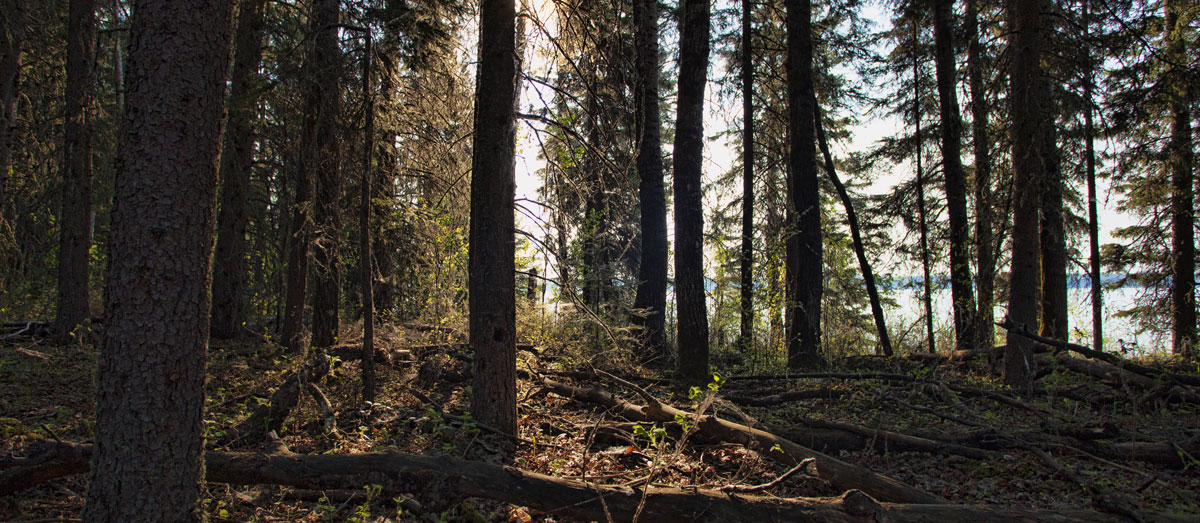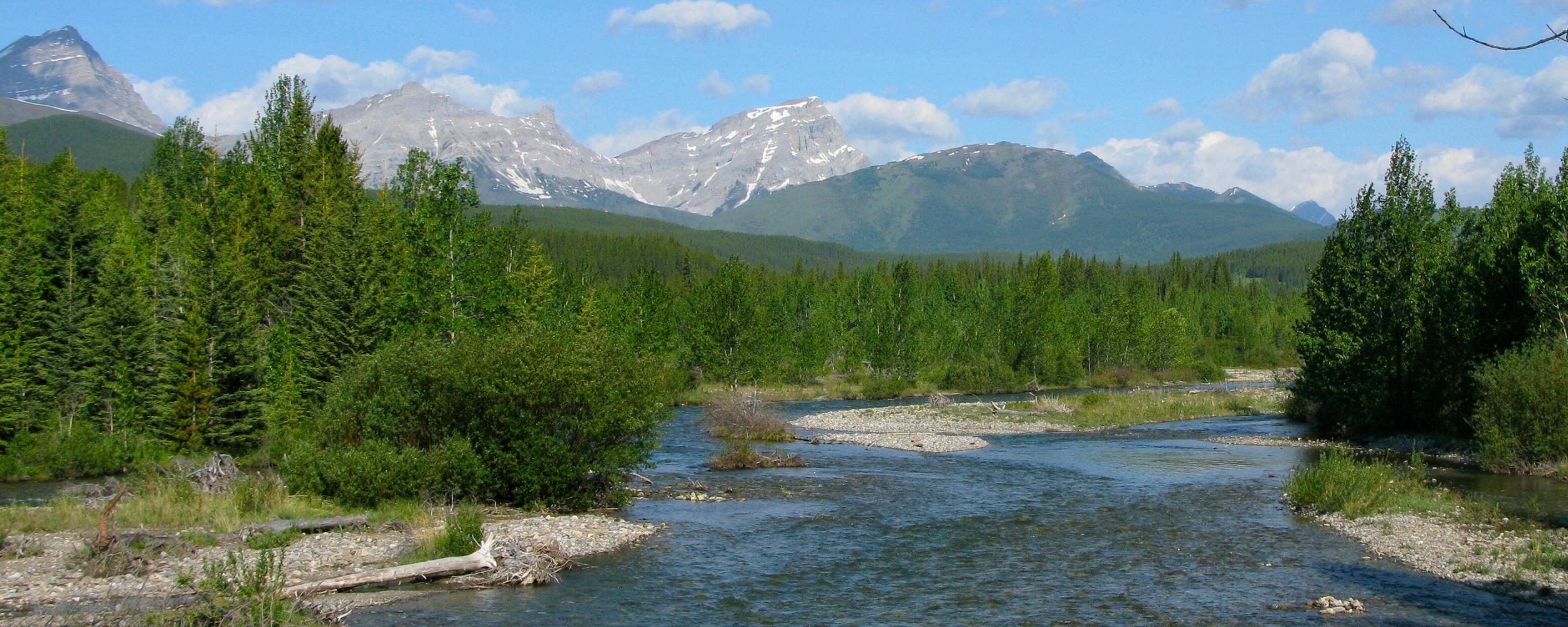West Fraser’s 2025 Annual Operating Plans Released
Recently, West Fraser Cochrane released their Annual Operating Plans (AOPs) for 2025/26, which are available to view here.
There will be open house events for discussing these plans at Cochrane RancheHouse (May 13 and 14) and Hillcrest Fish & Game Hall (May 15). Written feedback can also be provided by email (COS-Info@westfraser.com).
Unfortunately, and despite some modest changes made, the Upper Highwood logging plan is still on the table.
Here’s the good, the bad, and what happens next.
The Good
West Fraser Cochrane continue to engage with us on species at risk concerns and have made changes to the Upper Highwood logging plan that reduce the amount of logged area by a little more than 10%.
These changes include adding additional protection zones for riparian areas on many of the watercourses in the area. Our understanding is that this approach will be applied across the regions where WFC operate. While these measures are likely insufficient to mitigate risk from logging operations to native trout, they are an important step forward for better protecting native trout habitat.
Furthermore, our community-funded CPAWS eco-hydrology study is nearing completion. We’ll be releasing a summary report in the next couple of weeks, with a detailed technical report to follow shortly after.
What we can say in advance of the study’s release is that we’ve been able to document a healthy, reproducing population of bull trout in Loomis Creek, including breeding (redd) locations, young-of-the-year, and critical habitat assessments. Field observations and eDNA surveys have revealed that the current distribution of bull trout in the Loomis Creek watershed is more extensive than we previously knew. Temperature, stream flow, and channel morphology assessments have meant we now have a detailed knowledge of the current state of the watershed (and why it’s such a good place for bull trout).
As ever, we will continue to advocate for protecting this special place.
The Bad
The Upper Highwood logging plan is still on the table, and according to West Fraser, planned to start for 2025/26. While important changes have been made to protect watercourses, there are still many areas within the plan where there is high risk of adverse impacts on bull trout populations.
Some key examples are:
1. A crossing of Loomis Creek midway up the watershed, which is right in the middle of prime bull trout spawning habitat.
The crossing is about 75m upstream from where we observed bull trout spawning in 2024 and the road itself comes within approximately 10m of bull trout spawning locations, above a steep bank. The risk of erosion and sedimentation from the road is high, right at the same location where bull trout critical habitat is most sensitive. This is due to the proximity of the road to the creek, the steep slope between the road and the creek, and the limited vegetation between the road and the creek to act as a filtering buffer.
2. While some watercourse protections have been added to the plan, there are still some seasonal watercourses that are not receiving protection.
This means that logging around these still poses a high risk of increasing erosion and sedimentation, and/or water temperature.
3. The access roads planned for logging in Loomis Creek traverse steep and unstable ground, that is vulnerable to erosion and sedimentation.
It’s still unclear if, or how, these concerns will be addressed.
4. The Fisheries and Oceans Canada (DFO) investigation into the building of the Highwood bridge (since removed), remains incomplete.
It’s also unclear whether West Fraser Cochrane will receive SARA permits for a new bridge. Clarity is needed from DFO on this issue, and we’ll continue to work to get this clarity moving forward.
What’s Next?
The AOPs are open for comment and there are still approval processes that have to be passed through before the logging plan can proceed.
Already, the plan has been delayed twice because of concerns raised by the public. It’s crucial that we keep up this pressure.
We remain adamantly opposed to the Upper Highwood logging plan, not least because of the significant risks it poses to threatened bull trout populations and watershed function. Our ecohydrology study has made it clear how important the Loomis Creek watershed is for at-risk bull trout and we’ll be continuing to advocate for better protections for the area.
Take Action:
- Attend a West Fraser Open House and raise your concerns;
- Follow us on social media and share our posts about the Highwood logging plan to raise awareness in the community;
- Write an op-ed to your local paper;
- Send a letter or email to West Fraser Cochrane.
More Blog Posts

Speak Up, Write Out: The Power of a Local Op-Ed

Fine Issued to Forestry Operator for Erosion Control Failures

